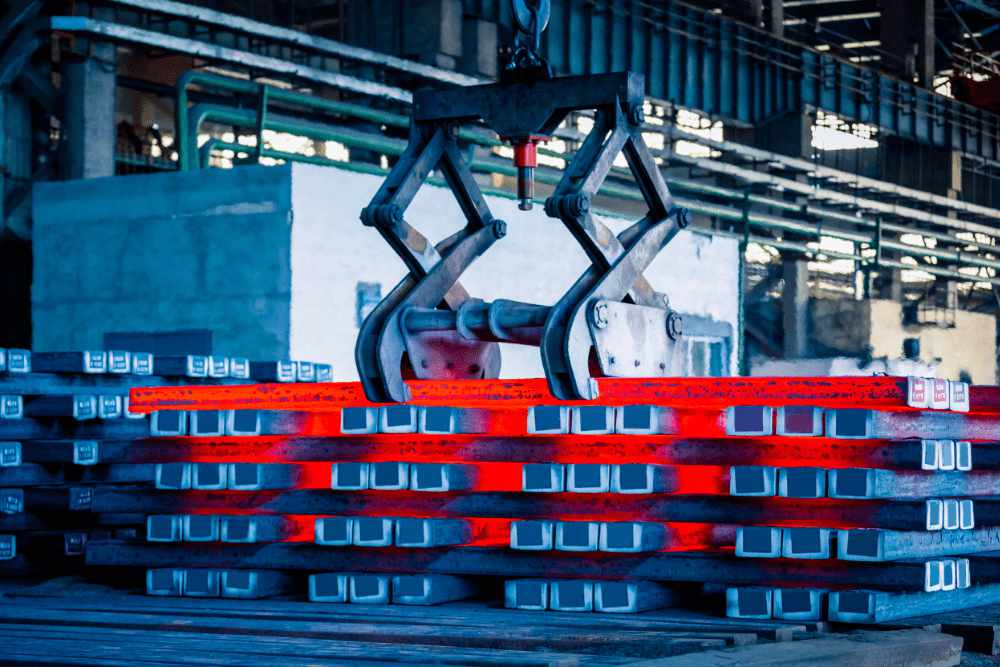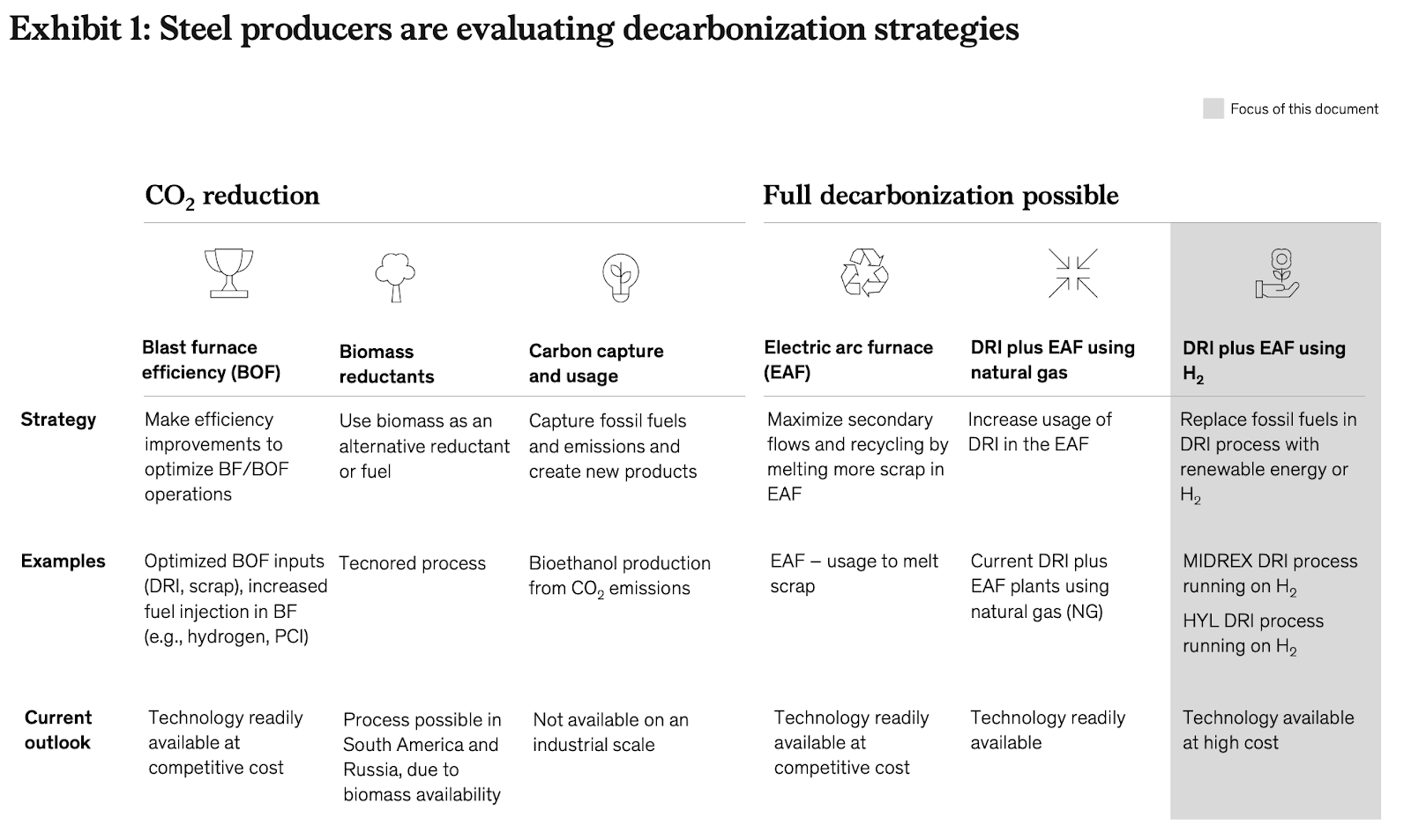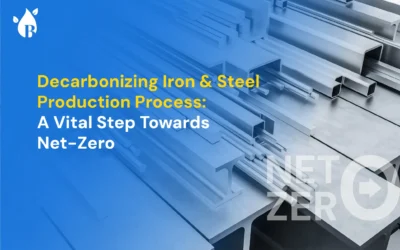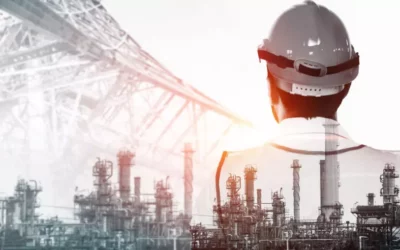
There’s steel in almost everything around us. To keep up with the demand for steel, 1.958 billion metric tons are made every year. It releases more than 3 billion metric tons of CO2. That’s a lot. So much that if the steel industry was a country, its CO2 emissions would be 3rd highest in the world.
Related Read: The Importance of Reducing CO2 Emissions in the Battle Against Climate Change
Where do the CO2 emissions come from in steelmaking?
Steel is a strong and durable material. It’s made by removing oxygen from iron using carbon. Iron is a type of rock mined from underground. It’s melted into liquid. And now, fossil fuels enter the picture. A type of coal called coking coal is added to the melted iron.
The mixture is blended together at high temperature in a blast furnace. The carbon from coal combined with oxygen from iron is removed as CO2.. The mixture is cooled down to become solid steel. During burning of coking coal with iron, greenhouse gases, primarily CO2, are generated.
The good part is that this process occurs in a closed system. Pollutants can be captured and treated before releasing it into the atmosphere. But what’s the challenge? Why is ~1.85 tons of CO2 still emitted for making every ton of steel?
Decarbonization solutions for the steelmaking industry
Carbon emissions from steel production are huge. But the availability of low-carbon alternatives are not. McKinsey’s report “Decarbonization challenge for steel” explores potential solutions for Europe. And these are some low-carbon alternatives.

CO2 emissions can be captured and converted into bioethanol. But the technology for this hasn’t fully progressed for large-scale adoption.
Coking coal can be replaced with renewable energy like hydrogen. The technology is promising but expensive. Also, replacing coal with hydrogen will not fully decarbonize the process yet. Carbon capture and storage will still be needed.
Another strategy is based on increasing blast furnace efficiency. So more steel can be produced with less coking coal. One more strategy proposes we replace coal with natural gas. With natural gas, CO2 emissions will reduce but natural gas is still fossil fuel. It’s still not sustainable.
Another one increases recycling of steel and metal crap using electric arc furnaces. This way the volume of new steel produced can be reduced. However, electricity used to run electric arc furnaces must also use renewable energy.
One more suggests using biomass as an alternative to coking coal. Biomass still produces CO2 emissions. But plants regrow in a short period to absorb the emissions back. It’s better than natural gas and coking coal that takes millions of years to form again.
Related Read: What is biomass? Is it really a renewable source of energy?
Can biomass reduce the steel industry’s CO2 emissions?
Using biomass to run blast furnaces in steelmaking can reduce the industry’s carbon footprint. Firstly, biomass generates lesser CO2 emissions than burning coking coal. Second, the released carbon comes from plants that absorbed CO2 during their growth. This will again be absorbed by new plants. So the overall carbon impact is much less than coal. It also eliminates other greenhouse gases that are generated while burning coal.
While there are many solutions, the surplus of biomass makes it a viable alternative now. The challenge here is the quality and consistency of biomass feedstock. This varies from place to place and season to season. Sourcing the right kind of biomass and transporting it to steel plants is an additional challenge.
At Buyofuel, we solve this. We help find and get good quality biomass and other types of biofuel. This can help make the transition to sustainable steel production more accessible.
The scalability of 100% biomass-based steelmaking is in research. Despite these challenges, many steelmakers are including biomass. They cofire with coal to reduce their carbon footprint and meet sustainability goals.
It is crucial that the steelmaking industry continues to explore these solutions. And do their bit towards a greener future.



